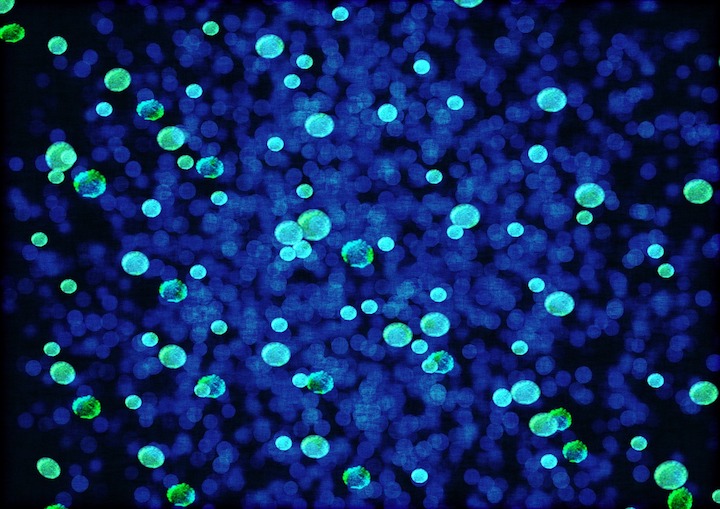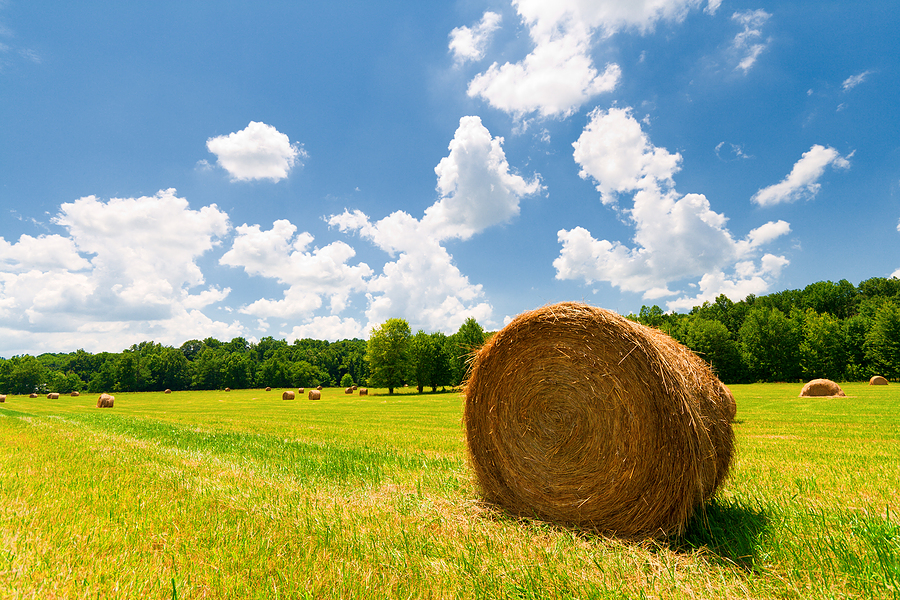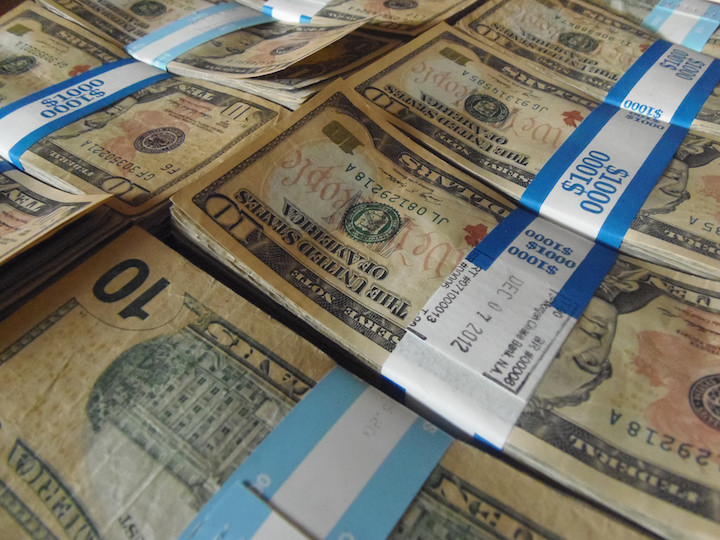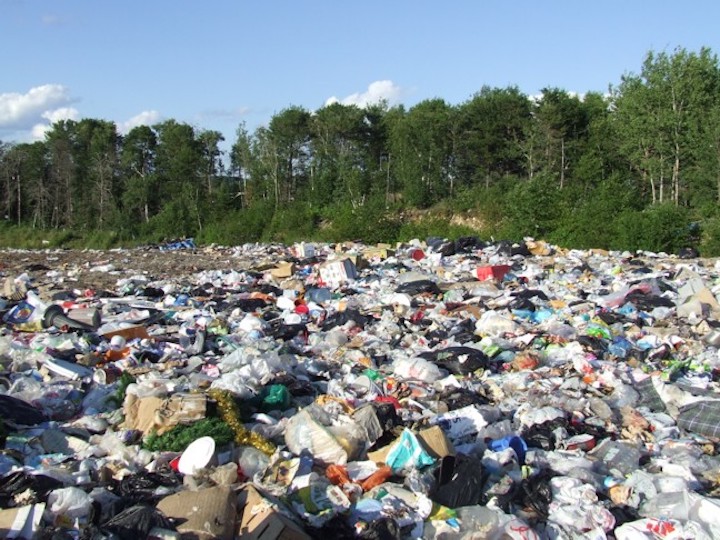
There is more bacteria on Earth than stars in the universe. With an estimated population of five million trillion trillion bacteria on this little rock we call home — that’s a five with thirty zeroes behind it — it’s almost an unimaginably large number.
Contained within each bacterium is the genetic information that the bacteria needs to produce a new, replicated bacterium, which allows bacteria to multiply exponentially. Bacterium can double within 20 to 30 minutes, according to the U.S. Food and Drug Administration, meaning that one bacterium turns into two, then two become four. This eventually leads to the formation of millions of cells in a few hours.
While bacteria may be bad when it gets into the food we eat, it has strong sustainability potential when we put it into the food we waste. Under the right environmental conditions, bacteria will automatically grow, feasting on food waste.
Food waste has become an epidemic in the United States, with nearly 40 percent of all the food we grow going uneaten. When this waste is sent to landfills, the rotting food releases methane — a greenhouse gas more potent even than carbon dioxide. Meanwhile, the enormous energy demands for growing food that is wasted, as well as the emissions tied to the transport of this waste, contributes as much to climate change as entire countries.
Luckily, bacteria can help reduce this waste in an eco-friendly way, through two primary processes: anaerobic and aerobic digestion. And it might just be one of the best tools in our toolbox for cutting down food waste in a way that turns waste into valuable resources. Continue reading “How the power of microbes can cut food waste”



